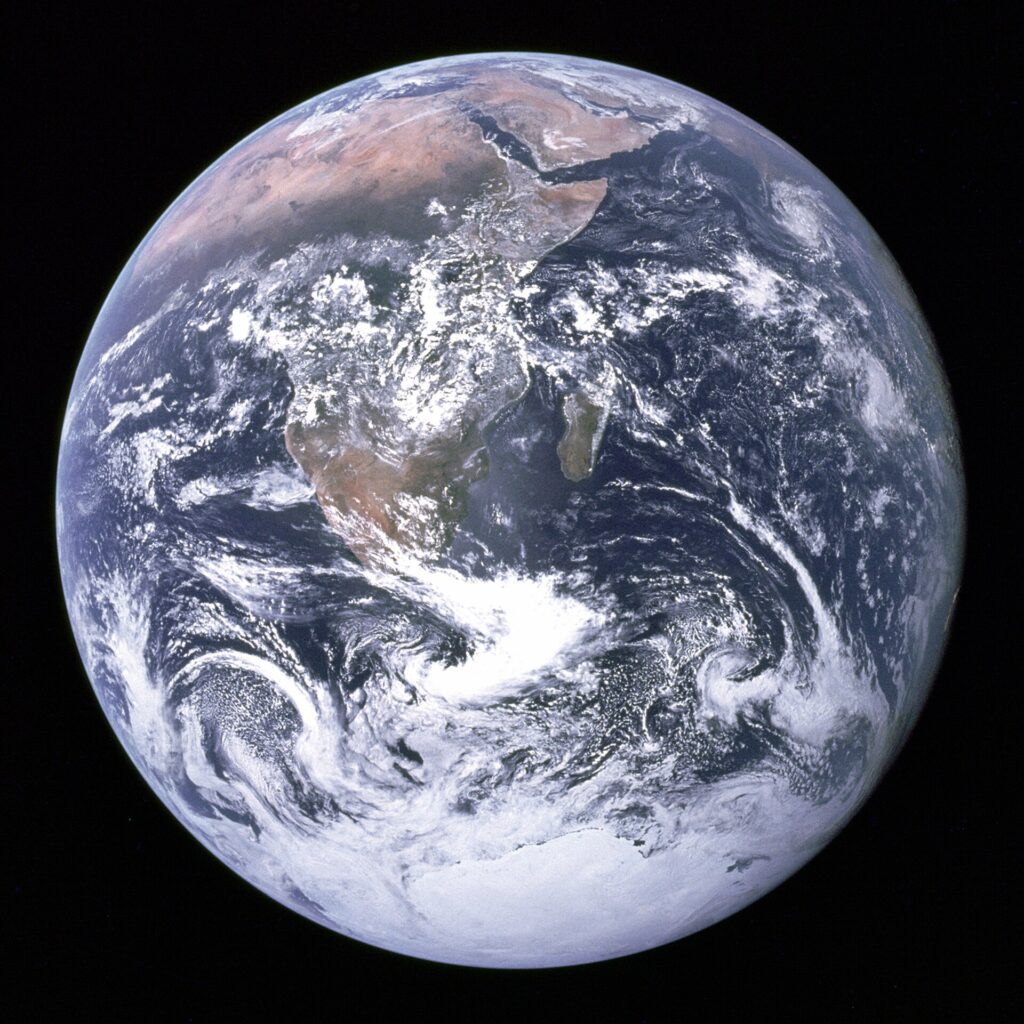“For all those things and men already powerful: sooner or later you will give us machines to play with or we will fashion them ourselves to occupy that leisure time which you, with demented voracity, look forward to passing in Banality and in making minds progressively into mush. We will use these machines to draw the highways, to make the most fantastical and unique fabrics in which for a single instant the joyous throngs will dress themselves with an artistic sense.”
Giuseppe Pinot-Gallizio – Manifesto on Industrial Painting – 1959
whole earth technical positions itself as a space between established institutional frameworks, offering new possibilities for individuals seeking to work outside or across traditional academic, industrial, or artistic domains. By leveraging the affordances of emerging technologies, the programs offered foster environments where knowledge dissemination and production can occur in unconventional and transformative ways. It emphasizes the construction of new research and practice paradigms that operate alongside, within, and beyond existing systems, encouraging participants to reimagine and restructure collective practices through shared technical engagement. This approach challenges traditional hierarchies, promoting agency and adaptability in addressing complex societal and technological questions. The programs’ mission reflects a commitment to fostering collaboration, innovation, and new modes of thinking that are as interdisciplinary as they are impactful.
whole earth technical is a not-for-profit initiative committed to providing all programs at no cost to participants. Central to its mission is the principle of supporting artists not only in accessing resources but also in advancing their own research and development. The initiative actively works to compensate artists for their contributions, ensuring that their participation is both meaningful and sustainable while fostering an environment of mutual growth and innovation.
whole earth technical originated from an earlier initiative titled Community Print, which critically examined the capacity of emerging technologies to reorganize labor and social activities, particularly within industrial contexts. Central to this inquiry was the potential of these technologies to mitigate the monotony associated with certain tasks. The project also foregrounded an acute awareness of the restricted access to such technical tools, particularly among artists, despite their significant potential to transform creative practices. Drawing upon over a decade of professional experience with these technologies in my own fabrication processes, I envisioned Community Print as a platform to democratize access to these resources.
Community Print was structured as a series of intensive, day-long workshops where artists convened to collaboratively address technical challenges in their work. These sessions became spaces of dynamic exchange, fostering dialogue and mutual problem-solving. Drawing inspiration from Situationist practices, particularly Pinot-Gallizio’s Industrial Paintings, the workshops employed technical activity as a medium for community-building. Participants explored how shared access to tools and resources could enable collective practices, thereby reimagining the relationship between technology and social organization.
The success and limitations of Community Print led to the conceptualization of whole earth technical as a broader, more structured endeavor. Envisioned as a para-institutional technical program, whole earth technical aims to serve as both a practical resource for learning technical applications and a critical space for interrogating the philosophical dimensions of reorganizing social structures around technology. Emphasizing a horizontalized, non-hierarchical approach, the programs offered seek to probe how technical processes can model and facilitate novel forms of collective organization and agency.
Hugh Scott-Dougals 2024
———————————-
The logo for whole earth technical reimagines the iconic Blue Marble photograph through a formal process of abstraction, employing a Gaussian blur to algorithmically dissolve its distinct geographies into a continuous, indistinct gradient. This operation functions as a transformation, erasing discrete boundaries to produce a space of potentiality. Through the annihilation of its specific coordinates, the abstraction generalizes its specific localities into a topological surface, seeking to highlight the interrelation of sociogenic and technogenic variables that define the planetary. The blur articulates a vector space for world-building, wherein localized knowledge systems and community intersect with scalar imaginaries.
Through this abstraction, the logo models an iterative process analogous to the convergence of independent variables within a dynamic system. The dissolution of defined forms invites the construction of epistemic frameworks, situating the work of whole earth technical within a broader matrix of interdependencies. This promissory mist reflects a formal commitment to adaptivity and collaborative agency, foregrounding the interwoven dynamics of society, technology, and situated knowledge in shaping collective futures.
